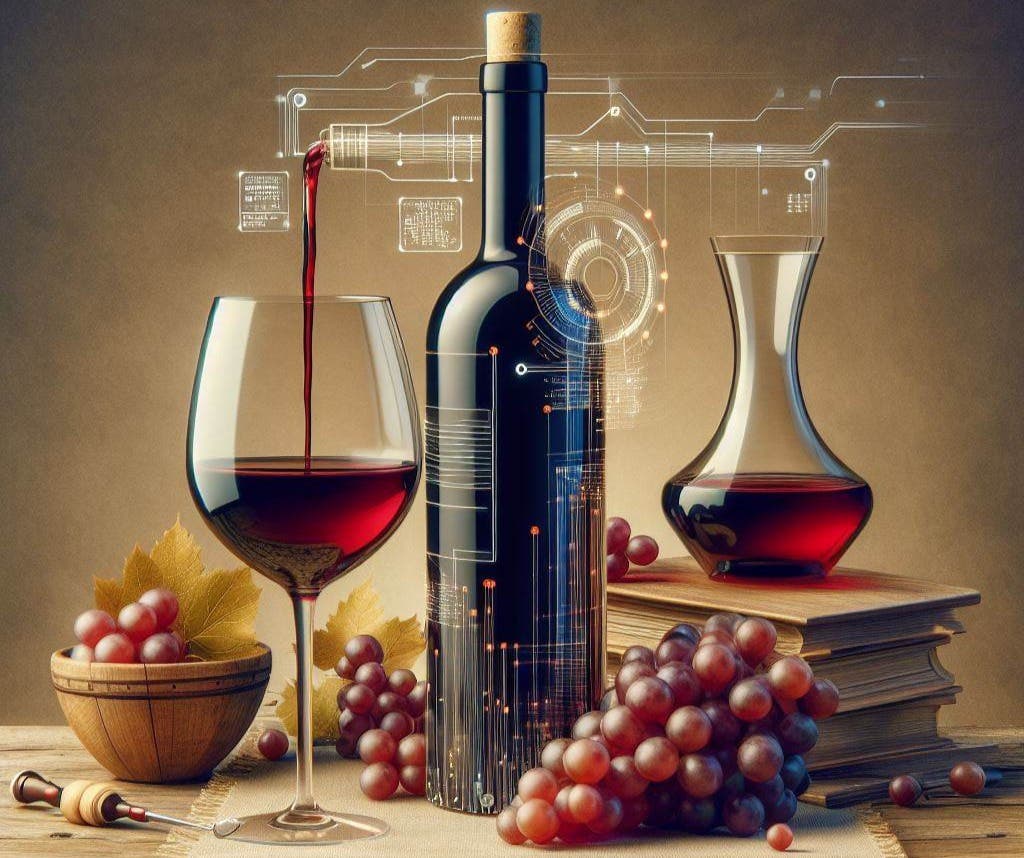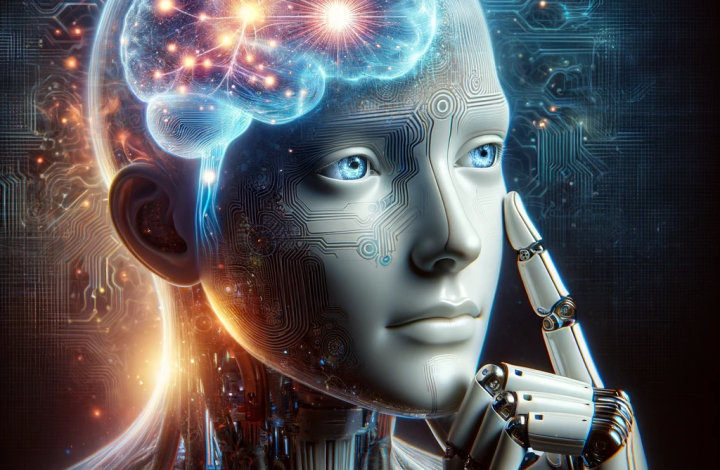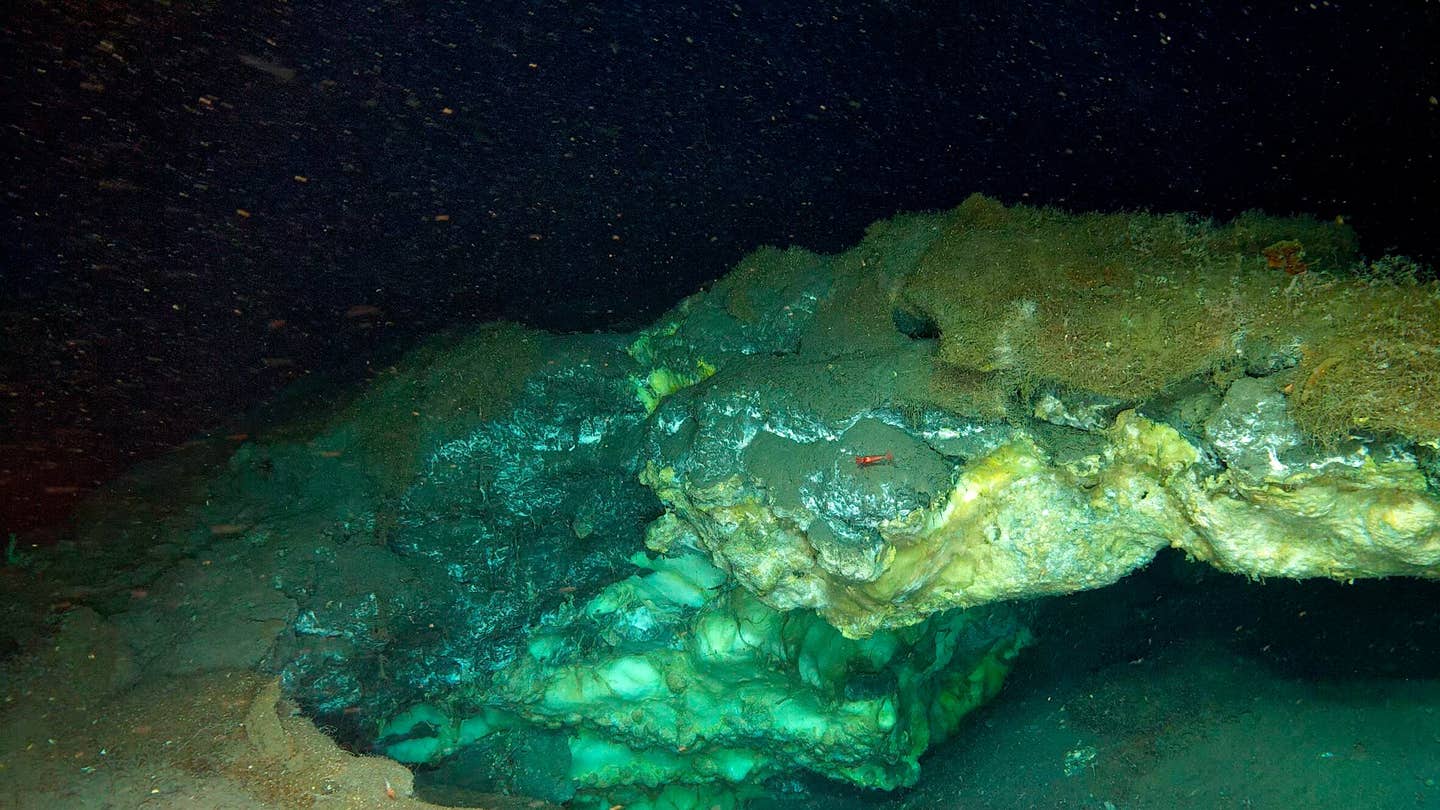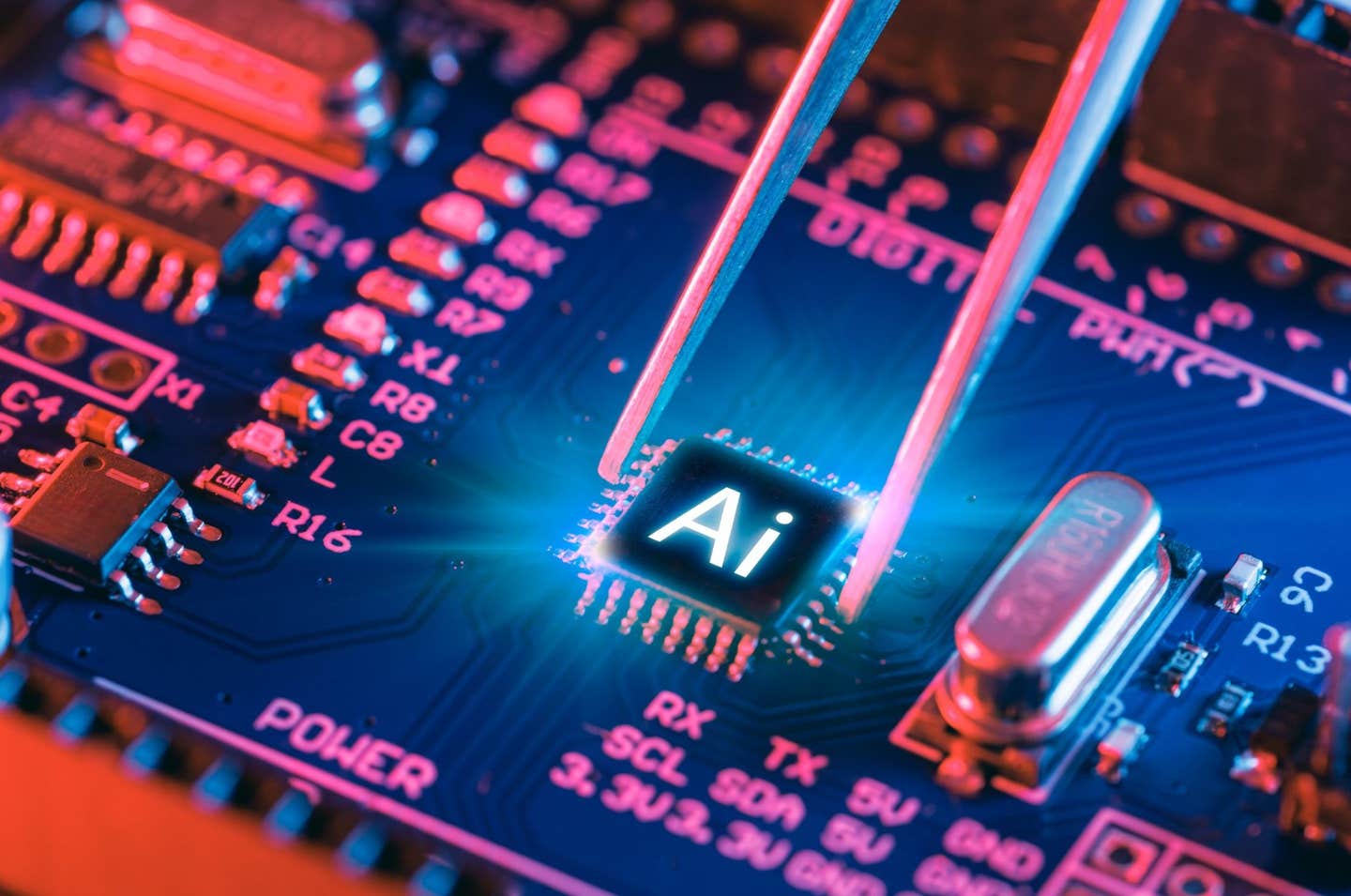Graduate student taught an AI algorithm to ‘taste’
For many, picking the right bottle of wine can be a daunting task, especially when faced with a myriad of unfamiliar labels on store shelves

[Jan. 12, 2024: JD Shavit, The Brighter Side of News]
Researchers at the University of Copenhagen’s Pioneer Centre for AI and DTU Compute/DTU National Food Institute have shown that AI can accurately predict individual wine preferences. (CREDIT: Creative Commons)
For many, choosing the right bottle of wine can be a daunting task, especially when faced with a myriad of unfamiliar labels on store shelves. Questions like "What does it taste like?" or "What was the last one I enjoyed?" often plague the minds of wine enthusiasts and novices alike. Fortunately, in this age of technology, wine apps have come to the rescue, offering a solution to this enigmatic world of wine.
Apps such as Vivino, Hello Vino, and Wine Searcher have become the go-to tools for wine buyers, enabling them to scan bottle labels and access detailed information about specific wines while reading reviews from fellow wine aficionados. Behind these innovative apps lies the power of artificial intelligence (AI) algorithms, which have revolutionized the way we choose and enjoy wine.
Now, a groundbreaking study conducted by scientists from the Technical University of Denmark (DTU), the University of Copenhagen, and Caltech has taken the fusion of AI and wine to the next level by incorporating a novel parameter: people's impressions of flavor.
Thoranna Bender, a graduate student at DTU and the study's lead researcher, explains, "We have demonstrated that, by feeding an algorithm with data consisting of people's flavor impressions, the algorithm can make more accurate predictions of what kind of wine we individually prefer."
Related Stories
The researchers embarked on a journey to enhance the accuracy of wine preferences prediction by integrating human sensory experiences into their AI model. Their approach involved organizing wine tastings with 256 participants, who were tasked with arranging small cups of different wines on a sheet of A3 paper based on their perceived similarity in taste.
The greater the distance between the cups, the more distinct the flavor differences. This widely used consumer test method was then digitized by photographing the points on the paper sheets.
To bolster their dataset, the researchers combined this sensory input with hundreds of thousands of wine labels and user reviews graciously provided by Vivino, a global wine app and marketplace. This amalgamation of data paved the way for the development of a powerful algorithm that focused on the dimension of flavor, enabling it to determine which wines shared similar taste profiles and which ones did not.
AI incorporating human tastes into artificial intelligence makes it easier for wine buyers thirsting for the right wine. (CREDIT: Getty Images)
Professor Serge Belongie, co-author and head of the Pioneer Centre for AI at the University of Copenhagen, elaborates, "We can see that when the algorithm combines the data from wine labels and reviews with the data from the wine tastings, it makes more accurate predictions of people's wine preferences than when it only uses the traditional types of data in the form of images and text. So, teaching machines to use human sensory experiences results in better algorithms that benefit the user."
This innovative approach to AI, incorporating taste as a sensory input, is a new frontier in machine learning. It holds immense potential, particularly in the food sector. Belongie emphasizes, "Understanding taste is a key aspect of food science and essential for achieving healthy, sustainable food production. But the use of AI in this context remains very much in its infancy. This project shows the power of using human-based inputs in artificial intelligence, and I predict that the results will spur more research at the intersection of food science and AI."
The flavour impressions were collected through a series of wine-tasting events. The wines were anonymized and each wine was labelled with a color and a number. Each participant was given a combination of wines to taste. (CREDIT: Technical University of Denmark)
Thoranna Bender underscores that their method is not limited to wine alone but can easily be applied to other food and beverage categories such as beer and coffee. "For example, the approach can be used to recommend products and perhaps even food recipes to people.
And if we can better understand the taste similarities in food, we can also use it in the healthcare sector to put together meals that meet the tastes and nutritional needs of patients. It might even be used to develop foods tailored to different taste profiles."
Flavor as an additional data modality. The WineSensed dataset consists of a large collection of images, user reviews, and metadata about vintages (upper left). (CREDIT: ARXiV)
Excitingly, the researchers have made their data freely available on an open server, inviting others to build upon their work and expand the boundaries of AI in sensory-based fields. Bender concludes, "We hope that someone out there will want to build upon our data. I've already fielded requests from people who have additional data that they would like to include in our dataset. I think that's really cool."
In a world where the fusion of technology and human experiences continues to unlock new possibilities, the marriage of AI and taste impressions has opened the door to a future where finding your perfect wine, or even your ideal meal, is just a click away. With each sip and each bite, the realm of sensory-driven AI promises a richer and more personalized experience for all.
Note: Materials provided above by The Brighter Side of News. Content may be edited for style and length.
Like these kind of feel good stories? Get the Brighter Side of News' newsletter.



